The warmest season is over. But how do we know this? Besides obvious reasons such as decrease in the temperature. The leaves colour changing from greens to reds. Some people not wearing birkenstocks anymore. You get the idea that there are many ways to know summer is over. But in the south of Germany, specifically in Bavaria, people have another way to know, with Cows…
Yes, you read correctly, cows. In September and October these animals are brought down from the lush mountain pastures to the valley and their winter quarters. This is done along with a celebration. After the summer season the well-fed cattle with their festive decorations come down from the mountain pastures and back into the valley. Together with the whole village that joins in the celebrations.
This movement of the cows decorated with their owners is known as Almabtriebe, which takes place in Upper Bavaria and Allgäu (there called Viehscheid).
The celebration:
The beginning of it is with the sound of bells which announces the arrival of the herd. On the side, the spectators mark the path where the parade will take place. The well-fed cattle arrive with their festive decorations come down from the high mountains to the valley. The Almabtrieb is a major attraction in the Bavarian calendar of customs.
In the Allgäu:
This celebration is known as the Viehscheid. Referring to the route taken by the cattle through the village to the gathering place, where the herd is split up and each individual animal returned to its owner.
The Kranzrind:
Or the Crown Cow has a special role to play in the event. The chosen animal leads the herd and wears an elaborate headdress. The characteristic festive adornment, the crown, goes back to pre-Christian times. Loud bells around the neck of the beasts are designed to protect them from hostile demons and bring them safely down into the valley. The traditional craft of the bellsmiths still exists in Bavaria today: for example, people from Pfronten im Allgäu, produce cow bells that the animals wear around their necks during the Viehscheid. There are two kinds of bells: “Glocken”, which are cast, and “Schellen”, which are wrought from plate metal. The resulting combination of fine, high tones and deep, earthy notes lends the day its distinctive sound.
Lake Königssee:
One of the most idyllic places are the alpine pastured on the southern banks of Lake Königssee. Precisely because they are so difficult to access. Rocky banks surround the valley and there are no paths along the place of the fjord-like lake. Because of this, the easiest way to get there is by water. In the Königssee.
Dressing up:
Not only the people, but the animals are also all dress up for the occasion. The cows are crowned with an elaborated Fuikl. The gorgeous headdresses are crowns that from August, Bartholomew’s Day, the alpine farmers bind together from fir or spruce branches and then decorate with brightly roses made of twigs. This is not something easy to make, in fact, it takes up to 30 hours of work.
The amazing thing about this event is that it doesn’t happen in one day, there are many dates and places. To get information you can visit:
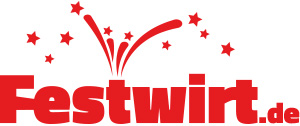
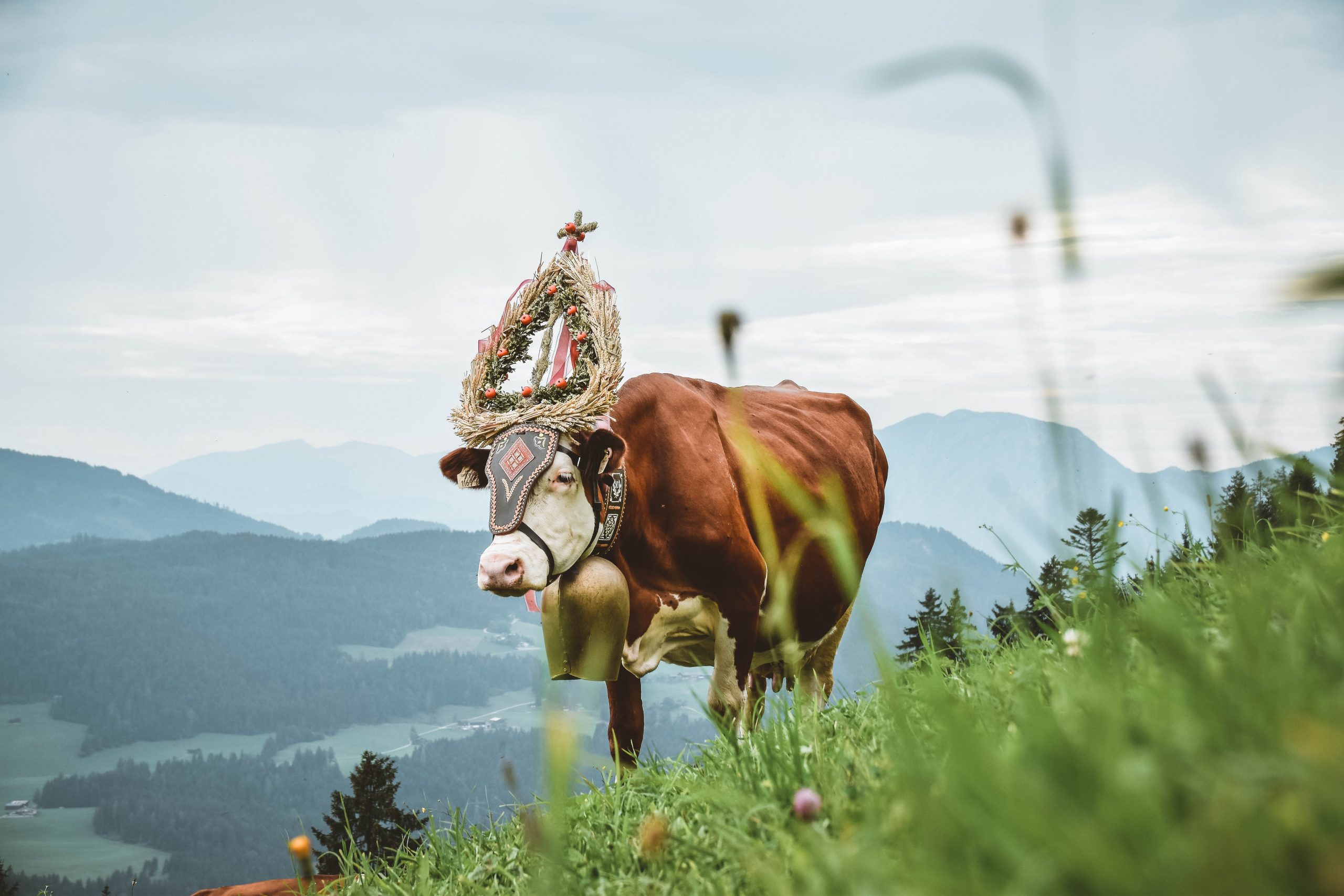

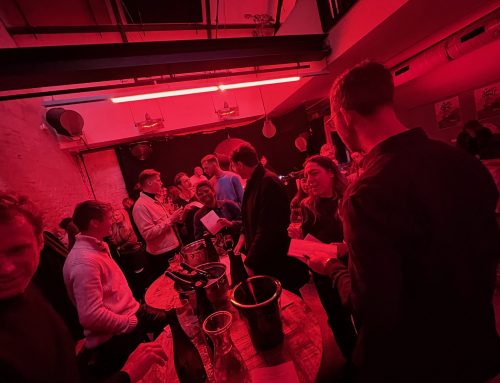
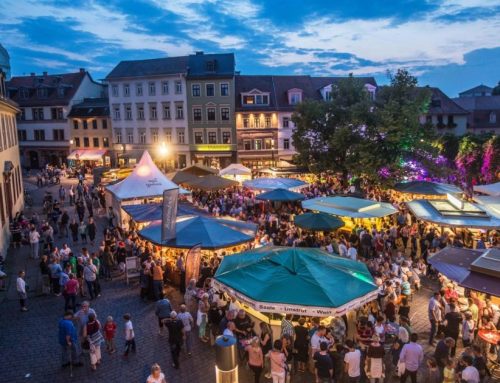
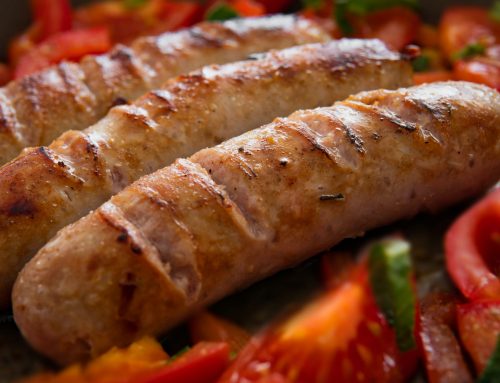
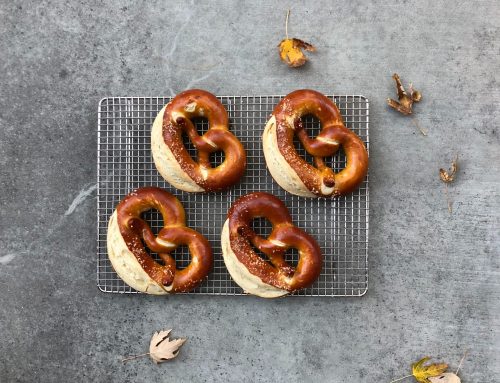
Leave A Comment